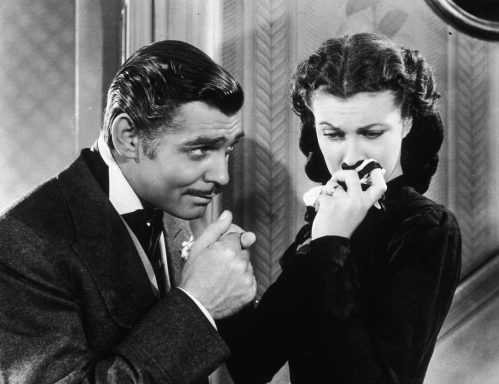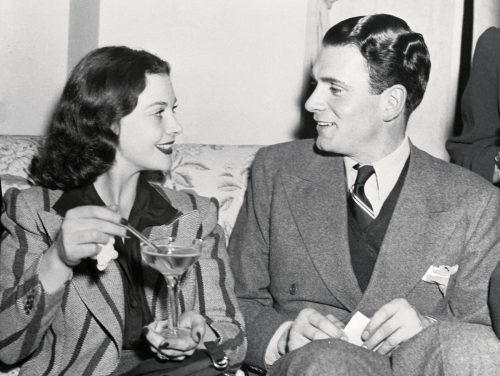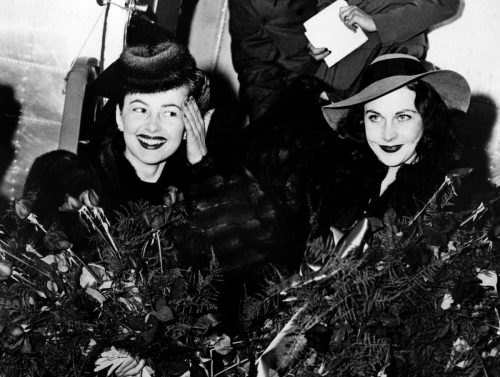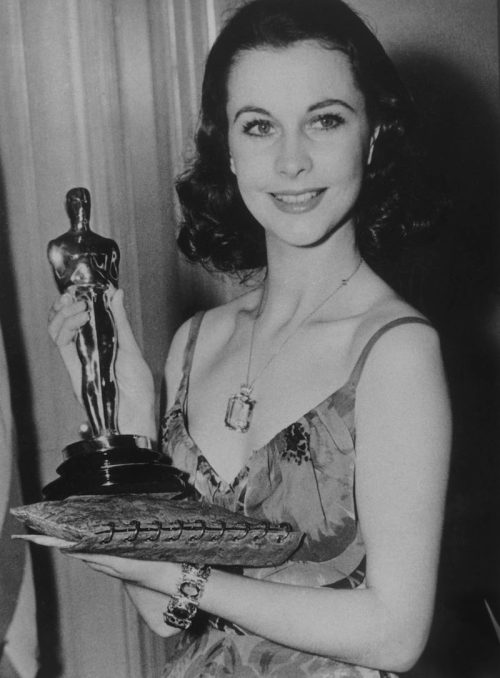She’s remembered for playing two of the most memorable roles in Hollywood history, a career that included both stage and screen, and her personal and professional partnership with another beloved actor. But, when she was still alive, Vivien Leigh had a reputation for being difficult to work with. It was a reputation that the British actor didn’t earn by being rude or irresponsible, but it still impacted her life.
Leigh, who died in 1967 at age 53, was diagnosed with what was then called manic depression and is now referred to as bipolar disorder. But, she didn’t receive the sort of treatment she would have today and instead continued taking on roles even when she wasn’t doing well mentally. Read on to find out more about Leigh’s heartbreaking experience in Hollywood.
READ THIS NEXT: Katharine Hepburn Said This Co-Star Didn’t “Have a Soul.”
Leigh’s career began in the 1930s with a combination of stage and screen roles. In 1939, she landed her biggest film job to date, playing Scarlett O’Hara in Gone With the Wind, winning her first Best Actress Academy Award for that performance. Twelve years later, she won the award again for portraying Blanche DuBois in A Streetcar Named Desire. She also won a Tony Award in 1963 for the musical Tovarich. The American Film Insitute ranked Leigh No. 16 on the women’s list of Greatest Screen Legends.

According to Harper’s Bazaar, Leigh first showed symptoms of bipolar disorder around the time that she was filming the 1938 film A Yank in Oxford. The publication reports that, due to frequent mood swings, she gained a reputation of being difficult to work with.
The disorder led to similar issues on the set of Gone With the Wind. Reportedly, colleagues were frustrated by the actor’s “manic behavior.” The New York Post reports that, at the time, Leigh took sedatives to cope with her mental state—which was further impacted by long days and nights of filming—and at one point accidentally overdosed on the medication.

According to The Hollywood Reporter, when Leigh was filming Elephant Walk in 1953, she suffered a breakdown during which she was injected with a tranquilizer in an effort to calm her. She ended up being fired from the movie and replaced with Elizabeth Taylor. THR reports that Leigh’s friends considered her behavior to be “unbecoming,” even though she didn’t have any control over her mental illness.
Harper’s Bazaar reports that during the filming of her final movie, 1965’s Ship of Fools, Leigh suffered from paranoia and would pick fights with her co-stars. Despite this, the film was still a success.

In addition to struggling with her mental health, Leigh suffered miscarriages during her marriage to actor Laurence Olivier. Those miscarriages contributed to her depression. She was also diagnosed with tuberculosis in the mid-1940s. The disease recurred years later, in 1967, and was the cause of her death.

In his 2006 biography of Olivier, Terry Coleman wrote (via the Associated Press), “[Leigh] was mad as early as when she was filming Gone With the Wind. She was quite dreadful to work with because she wouldn’t turn up and she was terribly nervous on the set. During the filming, she actually took an overdose.”
Leigh’s late Gone With the Wind co-star Olivia de Havilland responded to this claim, saying, “Vivien was impeccably professional, impeccably disciplined on Gone With the Wind. She had two great concerns: doing her best work in an extremely difficult role and being separated from Larry, who was in New York playing No Time for Comedy with Katharine Cornell. She worked until midnight on Saturday so she could join Larry.”

